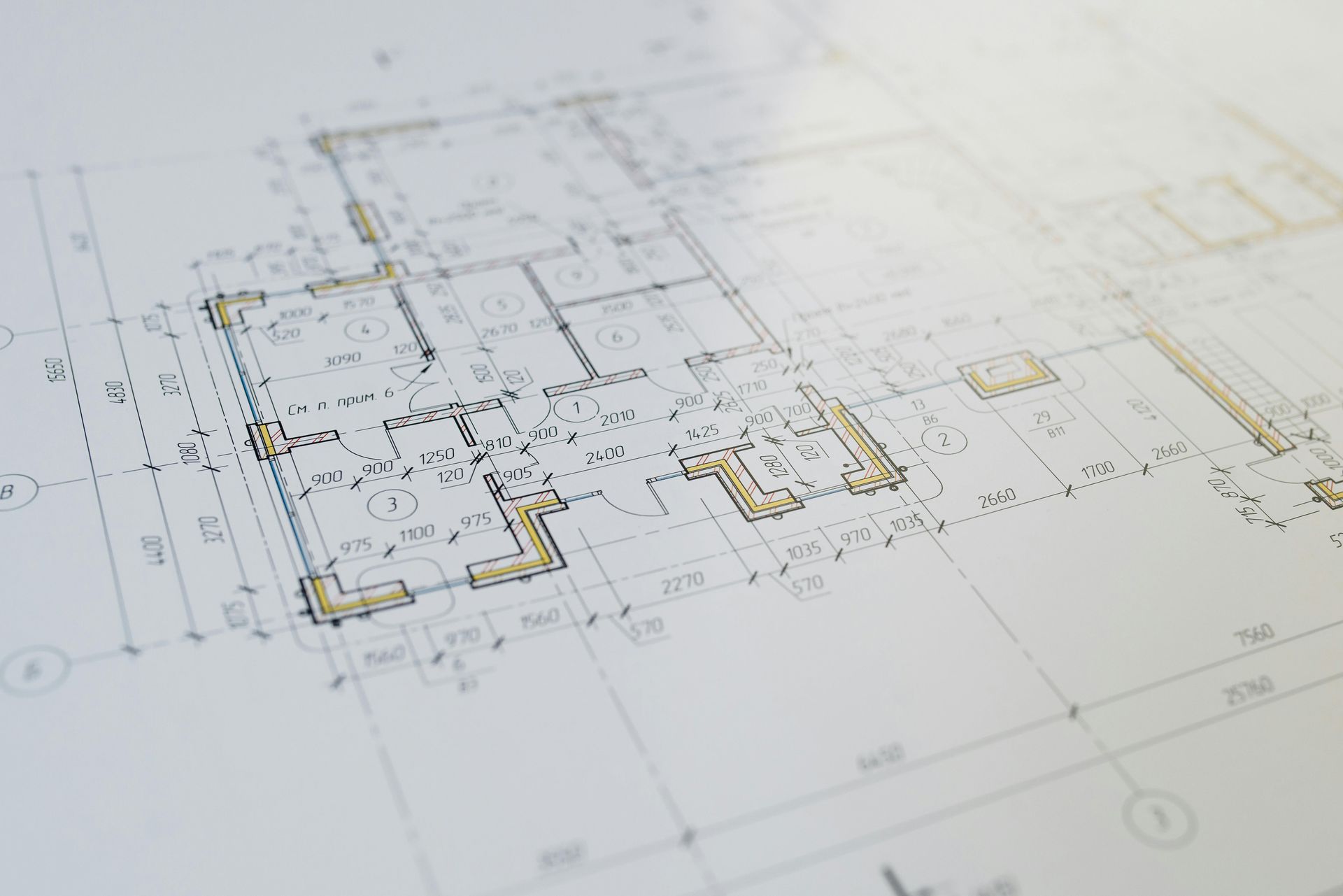Choosing the Right Supplier: What Sets ProPonents Apart
In the construction world, choosing the right materials is essential—but choosing the right supplier can make or break a project. At first glance, one supplier might seem like any other. After all, they’re all offering the same products, right?
Not quite.
Because when deadlines are tight, budgets are stretched, and clients are expecting excellence, your supplier becomes much more than a vendor. They become an extension of your project team—a partner who can either drive your build forward or drag it down.
At ProPonents, we’ve built our business on one core belief: we’re not here to just drop off materials—we’re here to help you build smarter. Here's what that really looks like in practice.
A Real Partner, Not Just a Provider
Most suppliers take orders. We take ownership.
Before we talk pricing, we talk planning. What’s your build timeline? Are you working in phases or doing a full-scale rollout? Do you have strict delivery windows? Are there specific specs, substitutions, or manufacturer preferences we need to know about?
We dig into the details early so that we’re not reacting to problems down the road—we’re preventing them from the start.
And that’s not just true on the first project. Over time, we learn how you and your team operate. We remember what materials you prefer, how you like your deliveries organized, what caused issues on past builds, and what worked like a charm. With every interaction, we’re becoming more dialed in to your process—so we can serve you better with each job.
Material Savings Without the Compromise
Construction is expensive. We don’t need to tell you that. But while labor, permits, and logistics often feel fixed, there’s real room to save when it comes to materials—if you’re working with the right supplier.
Thanks to our long-standing manufacturer relationships and our ability to buy in bulk, we’re able to secure highly competitive pricing on a wide range of building materials. But here’s the difference: we don’t treat savings as a race to the bottom. We don’t push the cheapest product just to win your business.
Instead, we listen. We match your budget to the best materials available. We explain where you can save without losing quality—and where it’s worth investing a little more to avoid headaches down the line. We’ll price out your preferred product and suggest a solid alternative in case lead times shift or budgets tighten.
It’s about being strategic—not just economical.
Experience That Anticipates What You Need
There’s something comforting about working with people who’ve done it all before. At ProPonents, we’ve supported everything from custom homes and small-scale renovations to sprawling multifamily projects with hundreds of units. That kind of experience teaches you a few things.
It teaches you how framing schedules can shift in a matter of days, how weather can throw off an entire project timeline, how missing a single delivery window can create costly domino effects. It teaches you how to work alongside contractors, superintendents, and procurement teams—not just to respond, but to think ahead.
We don’t just track what you need today. We’re constantly looking two steps ahead: Is this your final order or will you need a follow-up in two weeks? Are you likely to need a few extra units because of design changes? What’s the backup if your preferred item is backordered next month?
That’s the mindset we bring to every project. And our clients will tell you—that mindset makes a real difference.
Reliability You Can Count On - Even When Things Get Messy
Every builder has at least one horror story about a supplier who dropped the ball: the materials showed up late, the wrong items were delivered, or communication completely broke down mid-project. Those kinds of setbacks don’t just create frustration—they cost real money.
At ProPonents, we take delivery timelines seriously. Our logistics team works closely with your field teams to ensure every order lands exactly where it’s needed, exactly when it’s needed. No guessing. No last-minute scrambling. Just reliable coordination and proactive updates that keep you in the loop.
And when unexpected issues arise—as they sometimes do in this industry—we don’t disappear. We pick up the phone. We find the fastest path forward. We tap into our wide network of suppliers to keep your job on track. That level of ownership is rare in this space. But for us, it’s non-negotiable.
Built on Relationships, Not Transactions
Our goal isn’t to win your next order—it’s to earn your trust on every project you take on from here forward.
We’re in this business for the long haul. And that means we don’t just want to be your supplier—we want to be your go-to resource, your sounding board, your partner in growth. That kind of relationship takes time and consistency, and we’re committed to both.
When you work with ProPonents, you get more than materials. You get a team of people who are deeply invested in helping you succeed—not just on paper, but on the jobsite, where it matters most.









